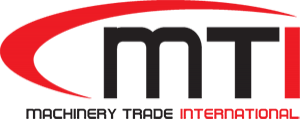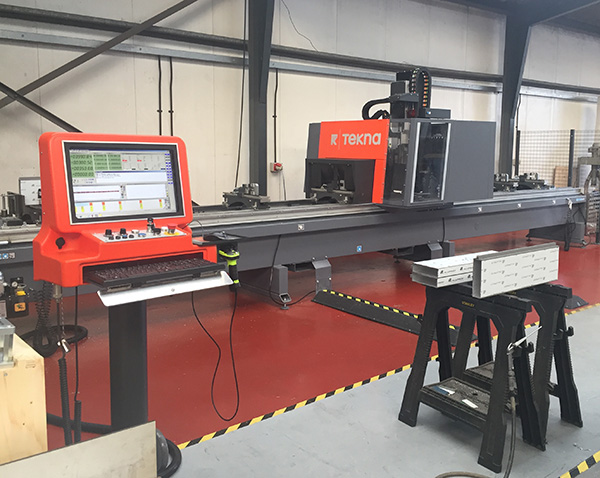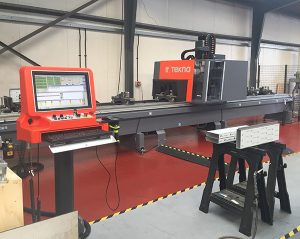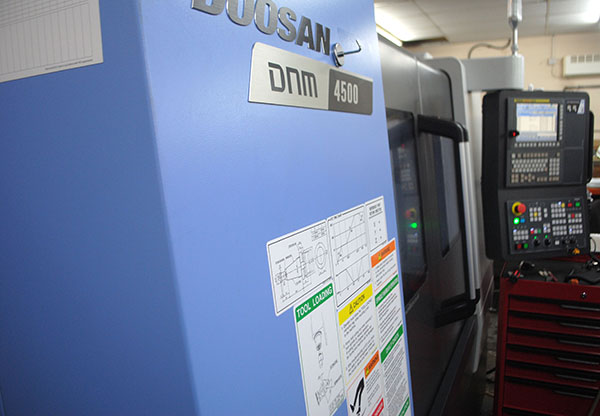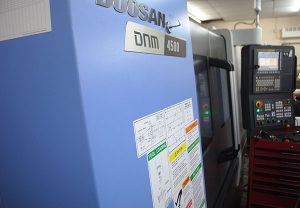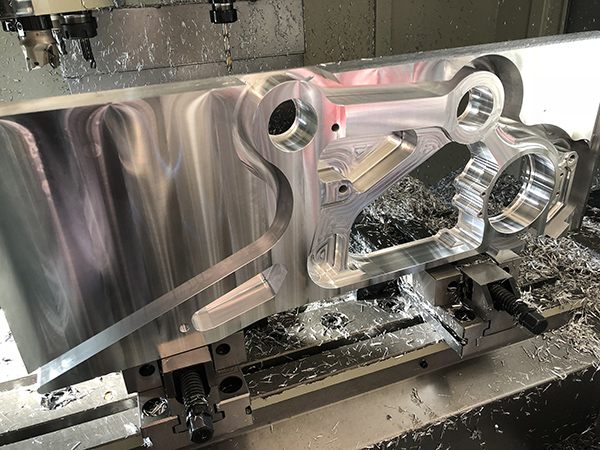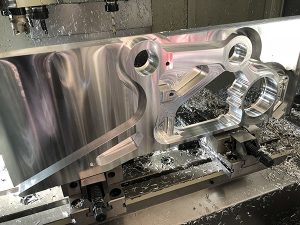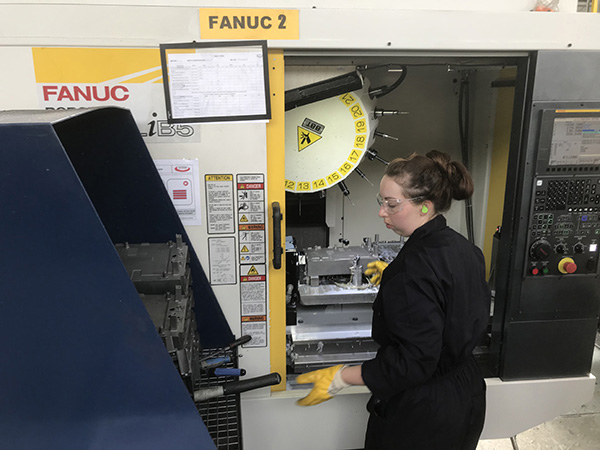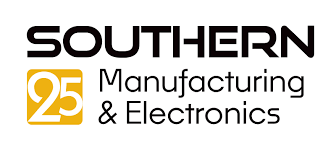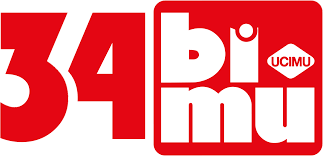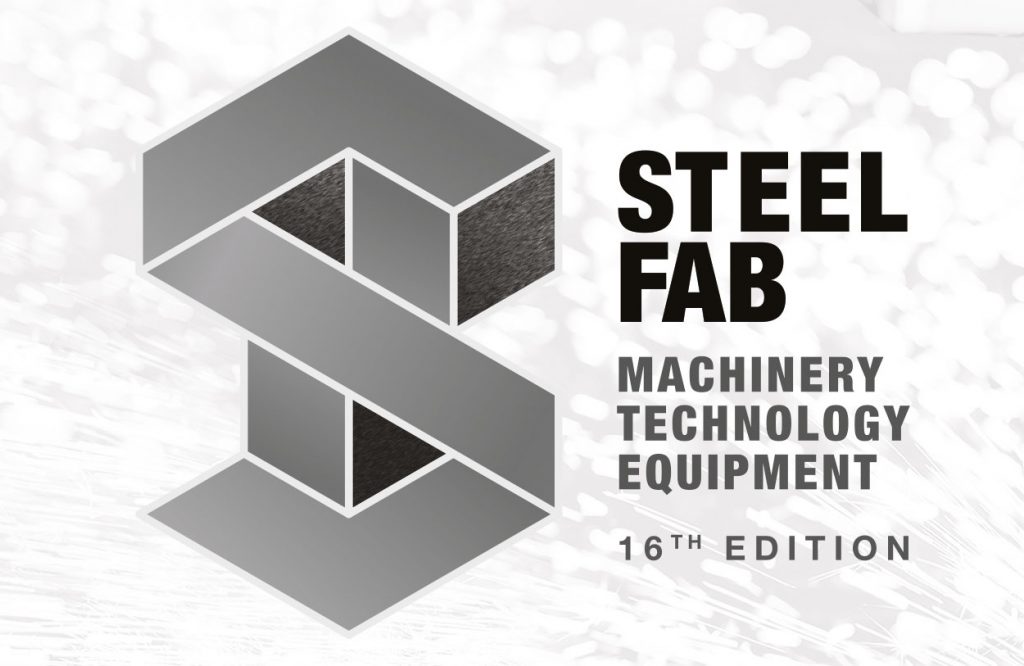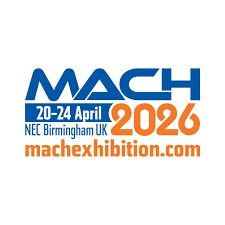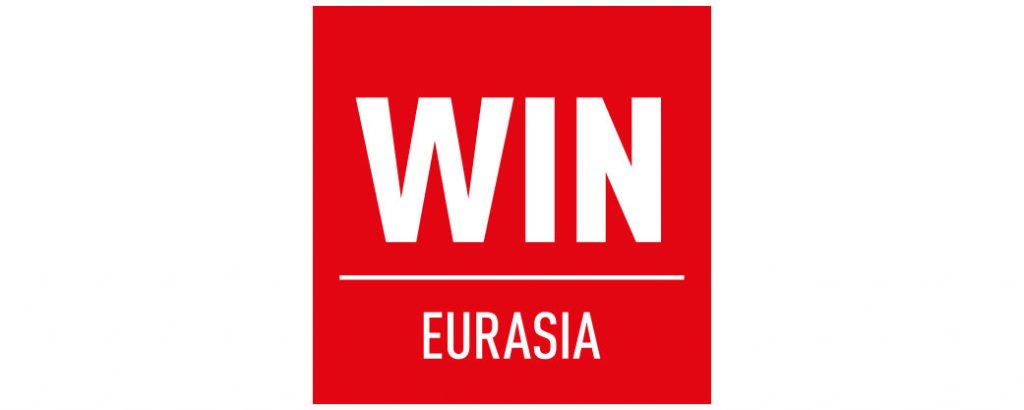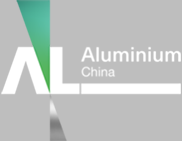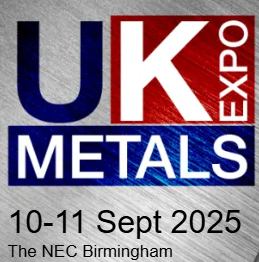Heller has introduced a new model to its five-axis, horizontal-spindle machining centre range. The HF 3500 is one of the models being built in the new manufacturing flow line at its Redditch factory, along with the larger HF 5500 and numerous sizes of four-axis machine for global markets.

Intended for five-sided or simultaneous five-axis machining of medium to large batches of complex prismatic parts, the HF 3500 can process small workpieces to heavier components up to the 550 kg maximum table load. An optional ‘Speed Package’ enables 10 m/s2 acceleration and rapids of 90 m/min to be achieved, reducing chip-to-chip time by approximately 10% compared with the standard machine.
Working volume is defined by X, Y and Z travels of 710, 750 and 710 mm. Feedback of axis position to the control is via linear scales for maximum precision. The machine can be equipped with a lift-and-rotate pallet changer for series five-sided production, while pallet automation solutions are also available.
With regard to configuration, the fourth and fifth axes are provided by a rotary table on a +30 to -120° swivelling trunnion, both with direct drive, which moves towards the spindle rather than vice versa. According to Heller Machine Tools’ managing director Matthias Meyer, this configuration minimises vibration of the spindle and hence of the cutter for better component accuracy and increased tool life.
Four motor spindle options are available with speeds up to 18,000 rpm and torques up to 354 Nm. Heller says that the lift-and-swivel tool changer has two NC axes for short idle times and consistent operation. Chain-type tool magazine capacities are: HSK-A63 with 54, 80 and 160 pockets; or HSK-A100 with 50, 100 and 150 pockets.
For further information www.heller.biz
